If you were coached? Say, by someone over the radio?
Let’s watch.
Question: does this make you more confident in commercial aircraft, or less confident in commercial aircraft?
BZ

If you were coached? Say, by someone over the radio?
Let’s watch.
Question: does this make you more confident in commercial aircraft, or less confident in commercial aircraft?
BZ
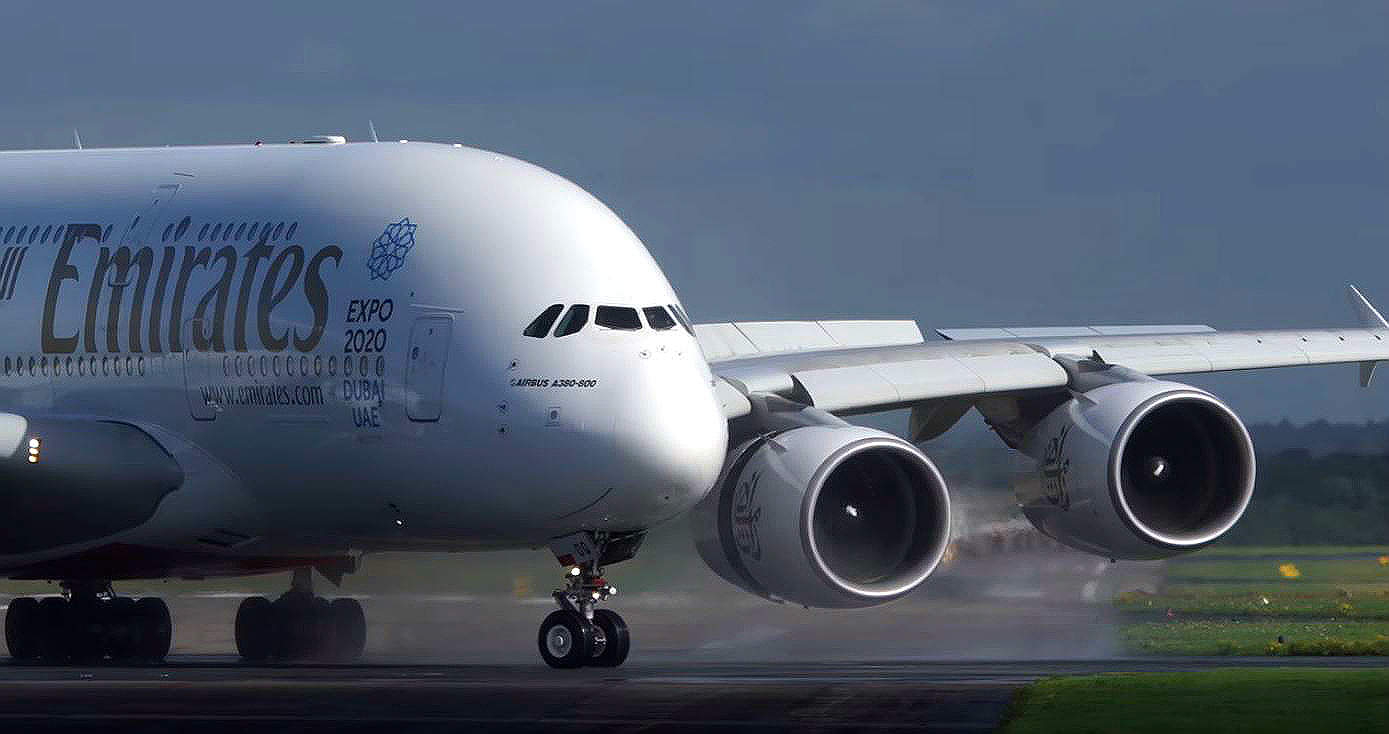 Imagine being a passenger.
Imagine being a passenger.
Please note a number of factors. These are the three most basic: pitch, roll and yaw.
Facing us, the wind is blowing left-to-right. The aircraft is thusly crabbing right, into the wind.
Note the enormous square footage of the vertical tail rudder and its effects as the pilot attempts to correct the yaw with his feet. Then the hard main carriage strike as the pilot valiantly tries crabbing. The entire main truck system rebounds into the air and yet, simultaneously, the aircraft skews left, then the pilot corrects with rudder to the right — on the verge of an over-correction. Then slightly left again.
And in an Airbus, the pilot — if that’s the person truly in control on this landing — must handle the left-sided joystick with what most persons would call their “weak hand.”
This is the greatest mental paradigm between the two major commercial aircraft manufacturers: Airbus favors the exterior joystick (left configured for the pilot, right configured for the co-pilot), whilst Boeing has continued to support the central vertical yoke at both pilot and co-pilot stations. Or:
In the Airbus, the difference between success and failure can be one trained or non-trained hand.
Which, in my estimation, taken but upon common sense, the Boeing control paradigm succeeds over the Airbus paradigm. When input matters, balanced input matters.
Note the inherent undulations in the runway that, somehow, the pilot must deal with on top of the terrible crosswind weather conditions.
And yet with every “worst case scenario” thrown into the mix except perhaps a tornado, the pilot manages to place the A-380 on terra firma and thrust-reverse the #2 and #3 engines.
Taking all of these factors into consideration, the pilot was in fact the Captain of his soul.
As a passenger, would you not be “shitting Twinkies” in that thin aluminum tube?
Frankly, that was an incredible set of piloting skills on display.
BZ
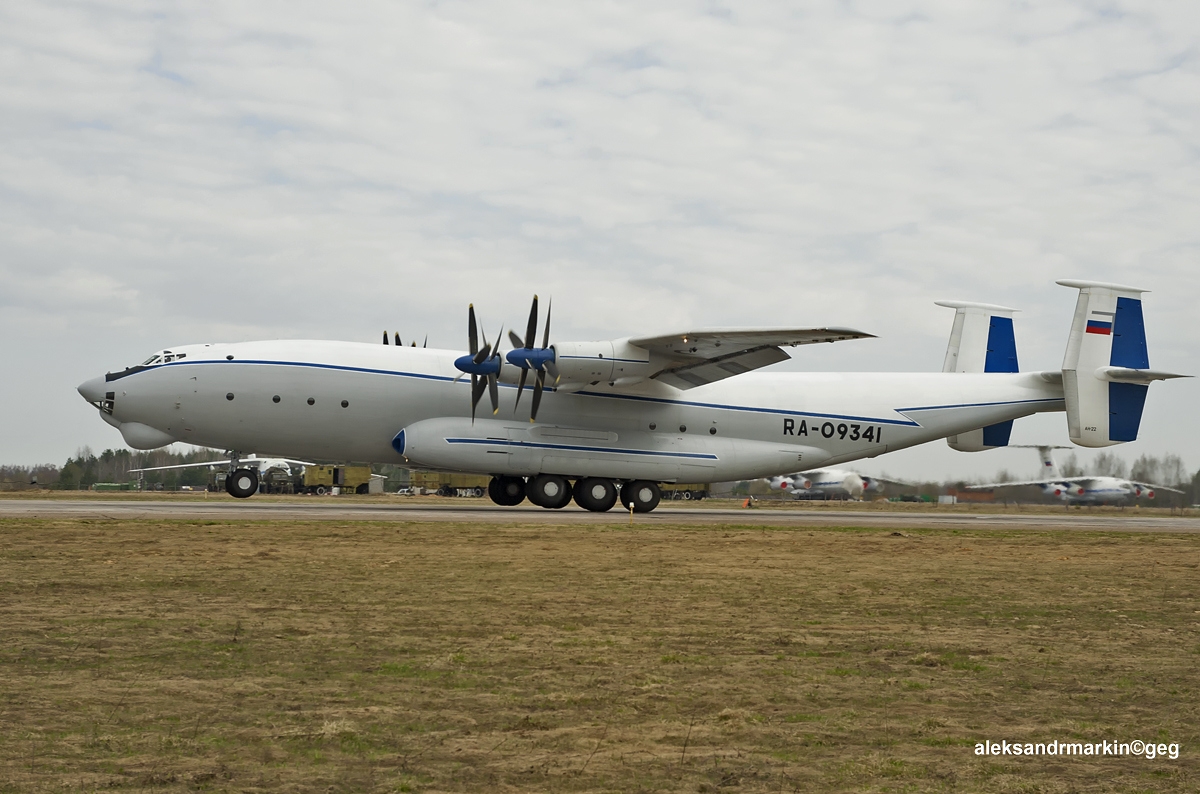 You may not realize that the Antonov AN-22 Antei is the world’s largest turboprop-driven aircraft. Below, you can watch the landing from the cockpit. Is it me or does the pilot seem to be struggling a bit with the yoke? I get the impression that flight control is not the proverbial “piece of cake.”
You may not realize that the Antonov AN-22 Antei is the world’s largest turboprop-driven aircraft. Below, you can watch the landing from the cockpit. Is it me or does the pilot seem to be struggling a bit with the yoke? I get the impression that flight control is not the proverbial “piece of cake.”
The aircraft lands in Zurich on September 9th of 2016. To me, the approach appears high and hot, but it could very easily be the camera angle. This is the only flying unit of its kind to this point.
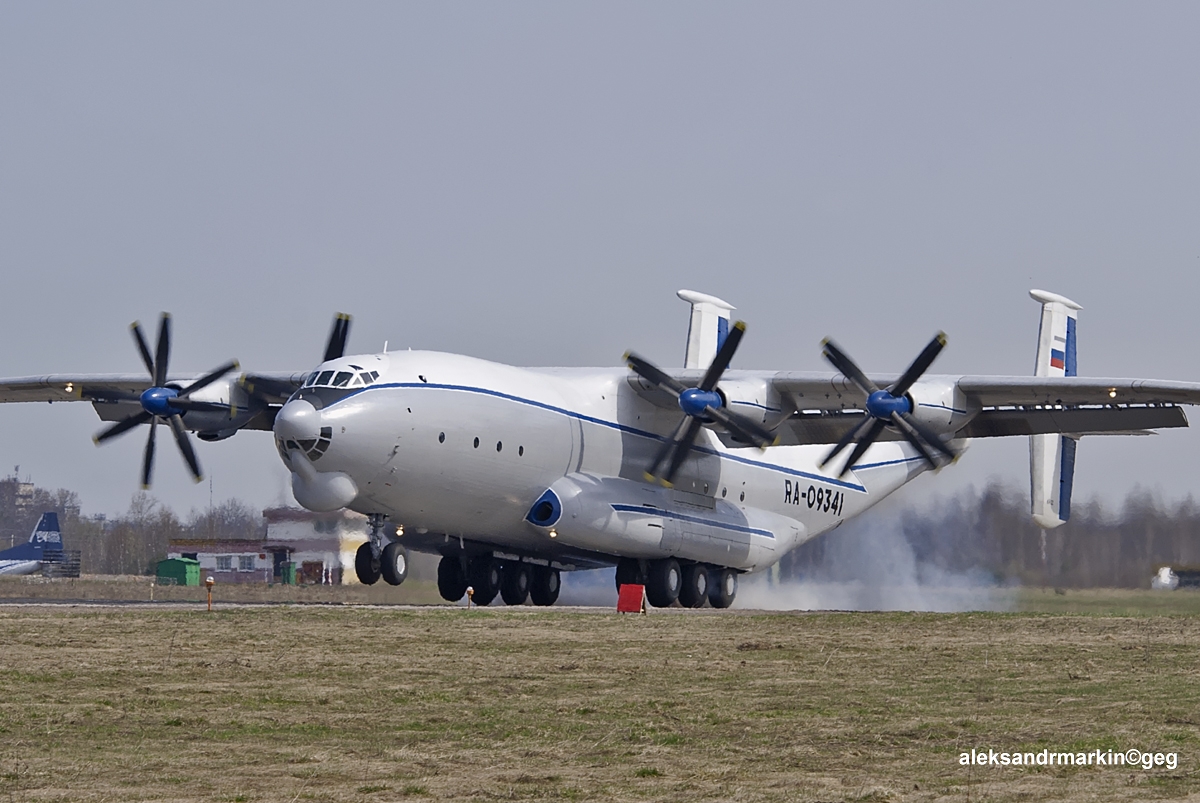 Here is the same landing as shot below the cockpit through the nose perspex.
Here is the same landing as shot below the cockpit through the nose perspex.
The interesting point is that the AN-22 sports four engines with contra-rotating propellers. It has been in service since 1965 with the exception of the past eight years– until now and until that flight above.
Antonov produced a total of 68 of these airframes between 1965 until 1976.
The AN-22 has a maximum speed of 399 knots (460 mph) and weighs 252,325 pounds empty; that is 126.2 tons.
As I’ve said on many an occasion, I’m a sucker for a good cockpit perspective video.
BZ
Great video, great insight.
A Lufthansa Captain retires.
And a much different cockpit design/philosophy than anything Boeing.
BZ
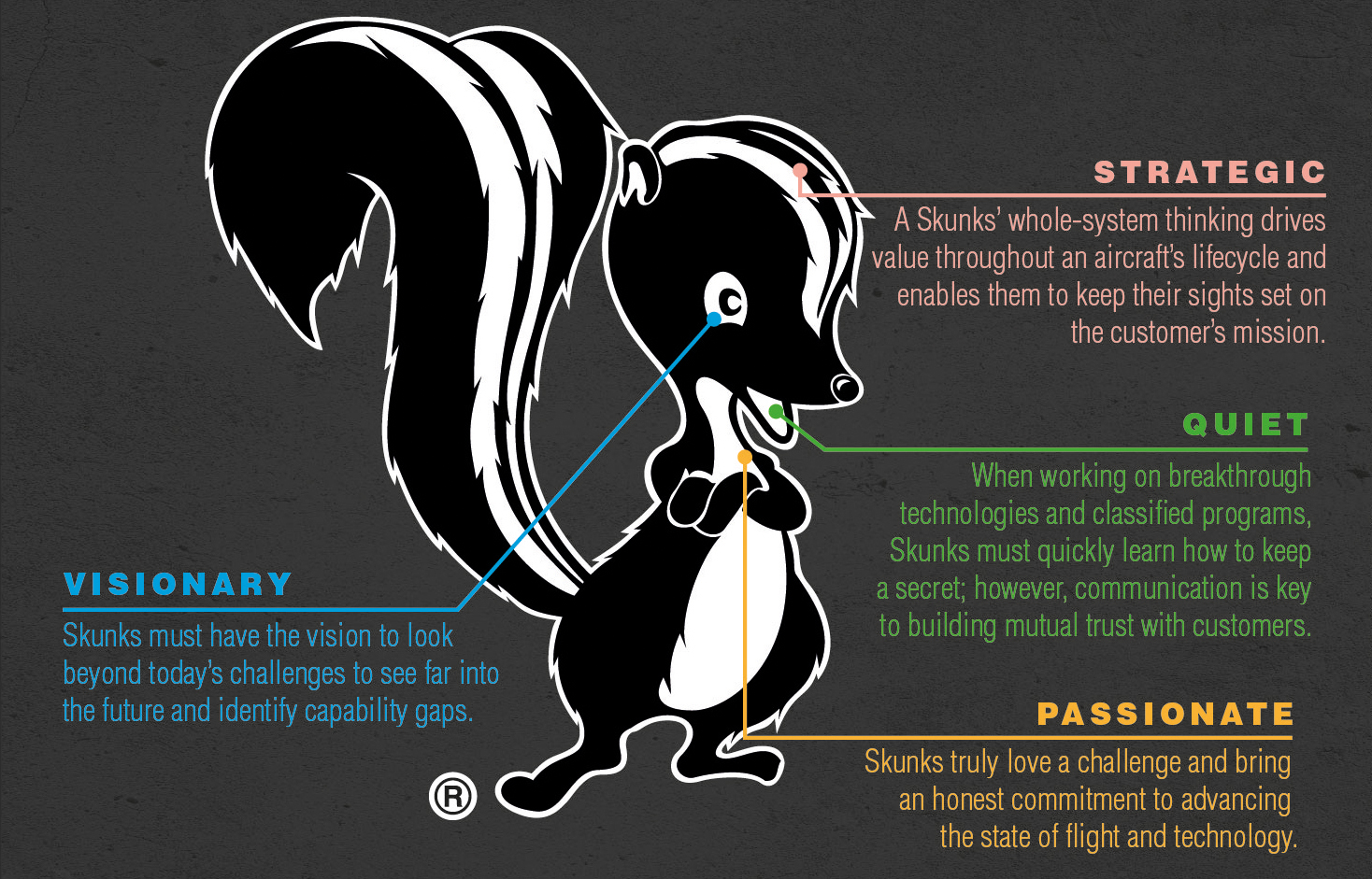 Was there, could there, ever be a replacement for the Lockheed Skunk Works SR-71?
Was there, could there, ever be a replacement for the Lockheed Skunk Works SR-71?
Temporarily, there is. Lockheed’s SR-91 Aurora. Or is there?
Probably one of the most incredible examples of the analog age, the technology behind the Lockheed SR-71 begs a post which I am, actually, in the process of writing. The entire SR-71 program, massively expensive, was taken down — in retrospect — way too early in consideration of the inefficiencies of satellites.
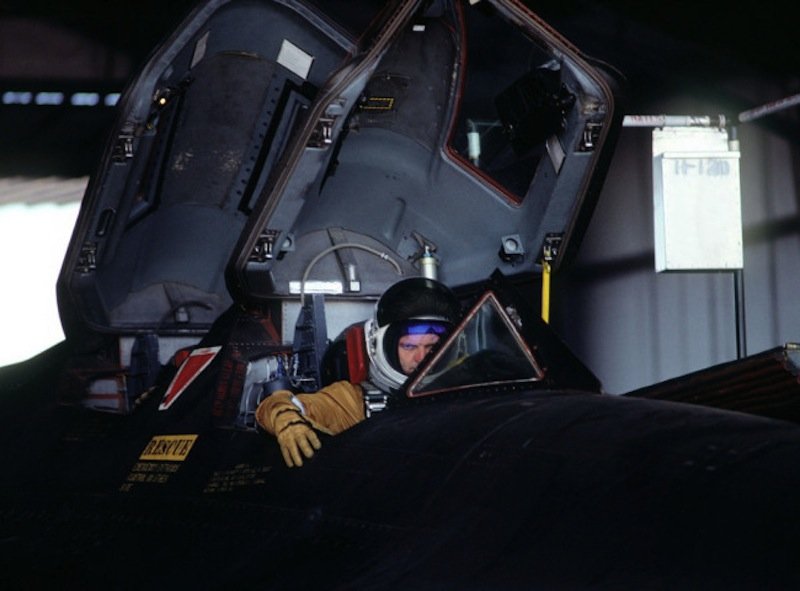 I would refer you, as I display here, to a LeWeb 2012 talk given by a “sled driver” named Brian Shul who lives in Chico, California, not far from Beale AFB where he was assigned as an SR-71 pilot.
I would refer you, as I display here, to a LeWeb 2012 talk given by a “sled driver” named Brian Shul who lives in Chico, California, not far from Beale AFB where he was assigned as an SR-71 pilot.
An amazing individual with an amazing life, Shul was one of literally a handful of persons privileged and trained to fly the SR-71. After watching the video below about the SR-71 you’ll come to understand what an astounding accomplishment it was to even build the craft, much less make it as efficient and successful as it was.
The SR-71 became an analog aircraft in a digital world that succeeded beyond anyone’s and everyone’s expectations.
Finally, is the SR-91 Aurora a myth?
In 2006, renowned aviation writer Bill Sweetman had stated and derived to a conclusion that, “This evidence of 20 years of examining budget “holes”, unexplained sonic booms, plus the Gibson sighting , helps establish the program’s initial existence. My investigations continue to turn up evidence that suggests current activity. For example, having spent years sifting through military budgets, tracking untraceable dollars and code names, I learned how to sort out where money was going. This year, when I looked at the Air Force operations budget in detail, I found a $9-billion black hole that seems a perfect fit for a project like Aurora.”
You must decide for yourself.
BZ